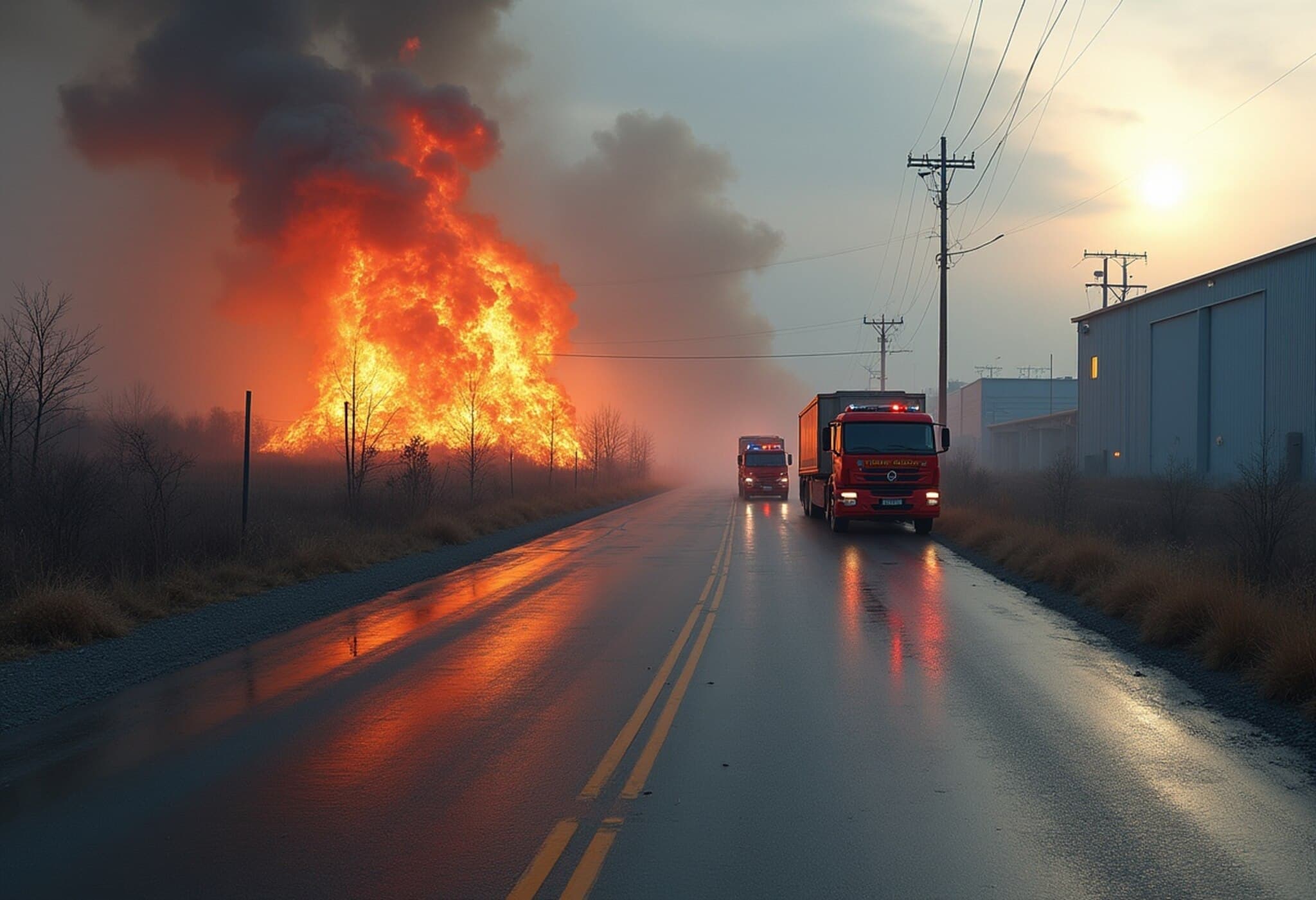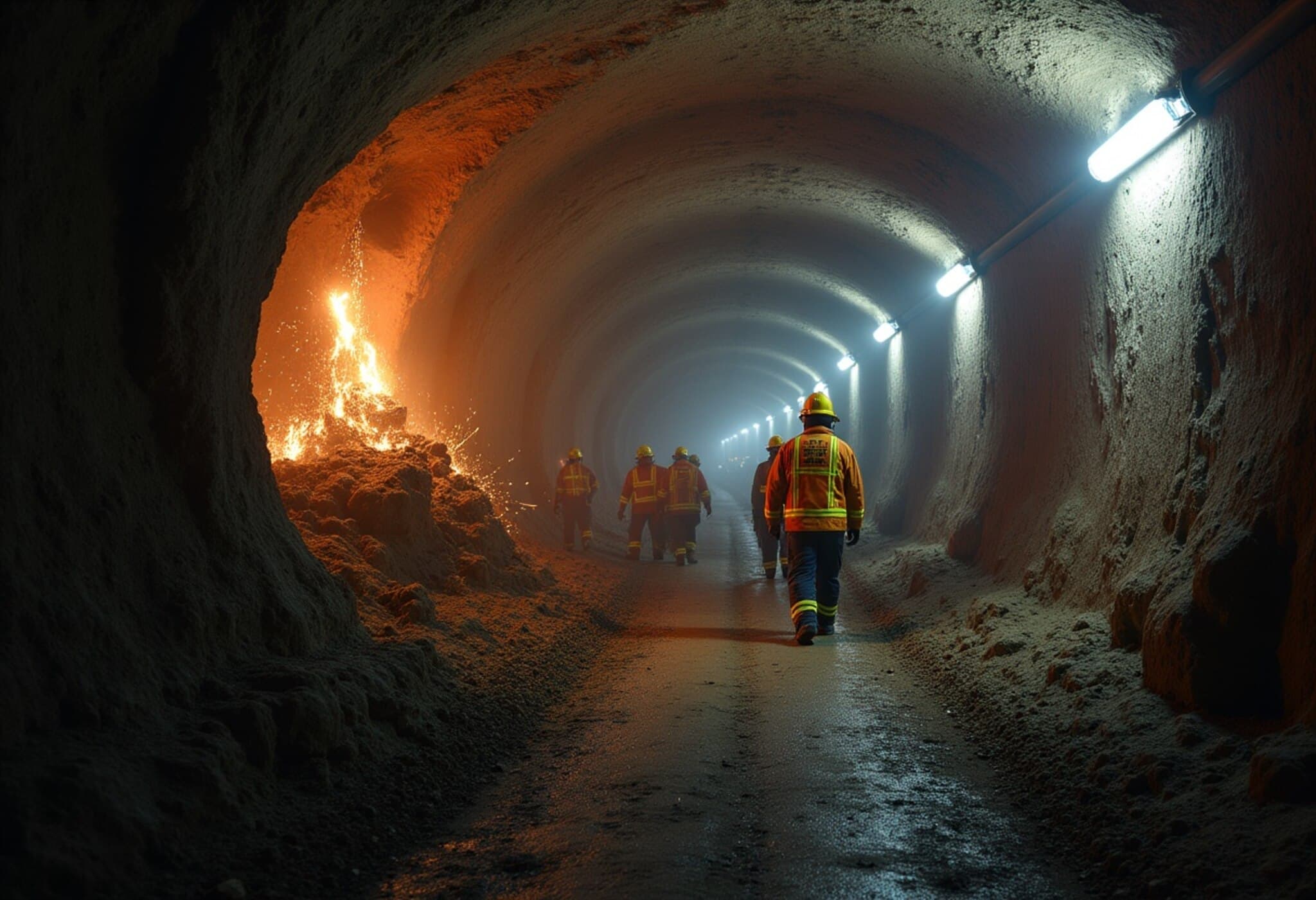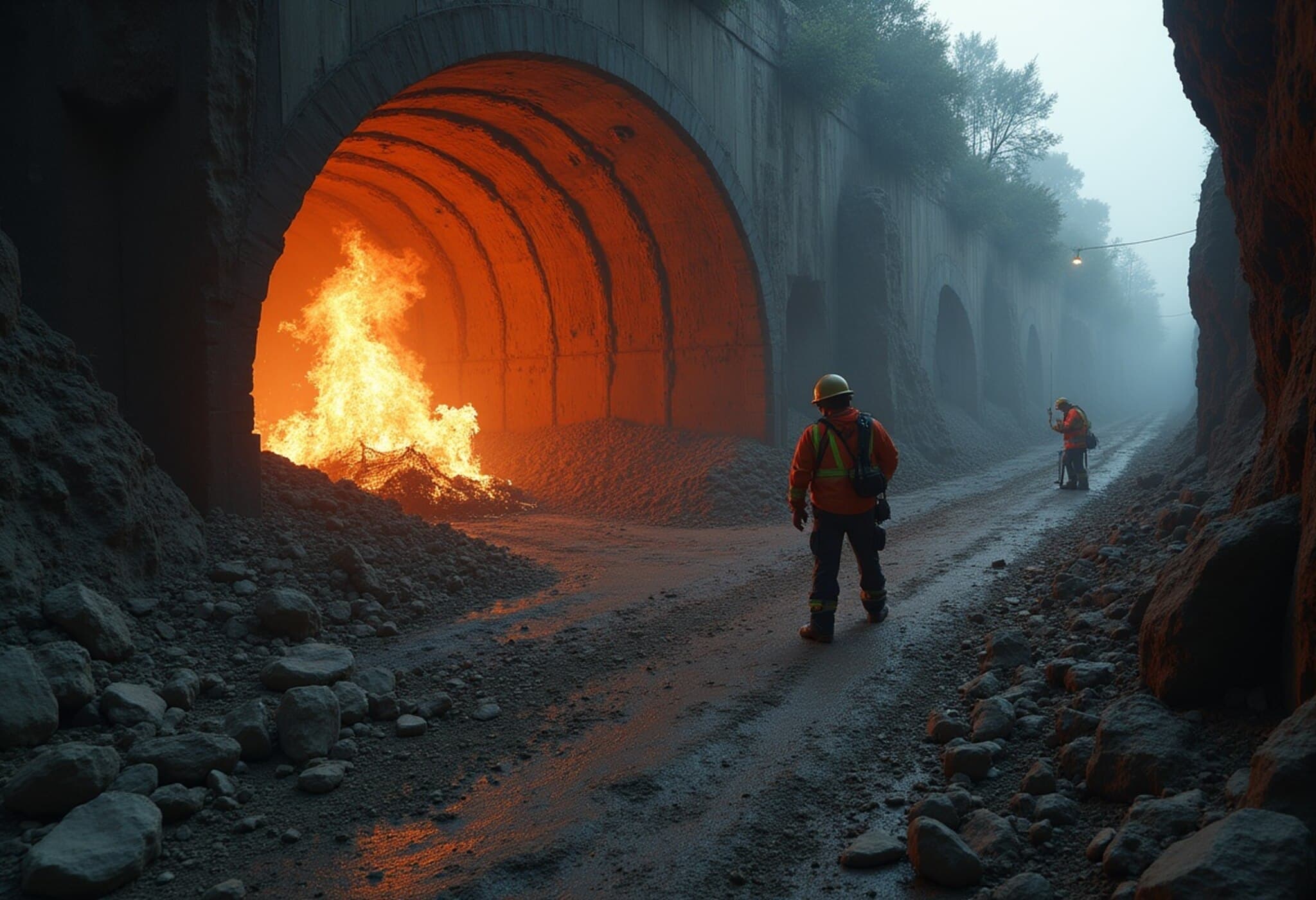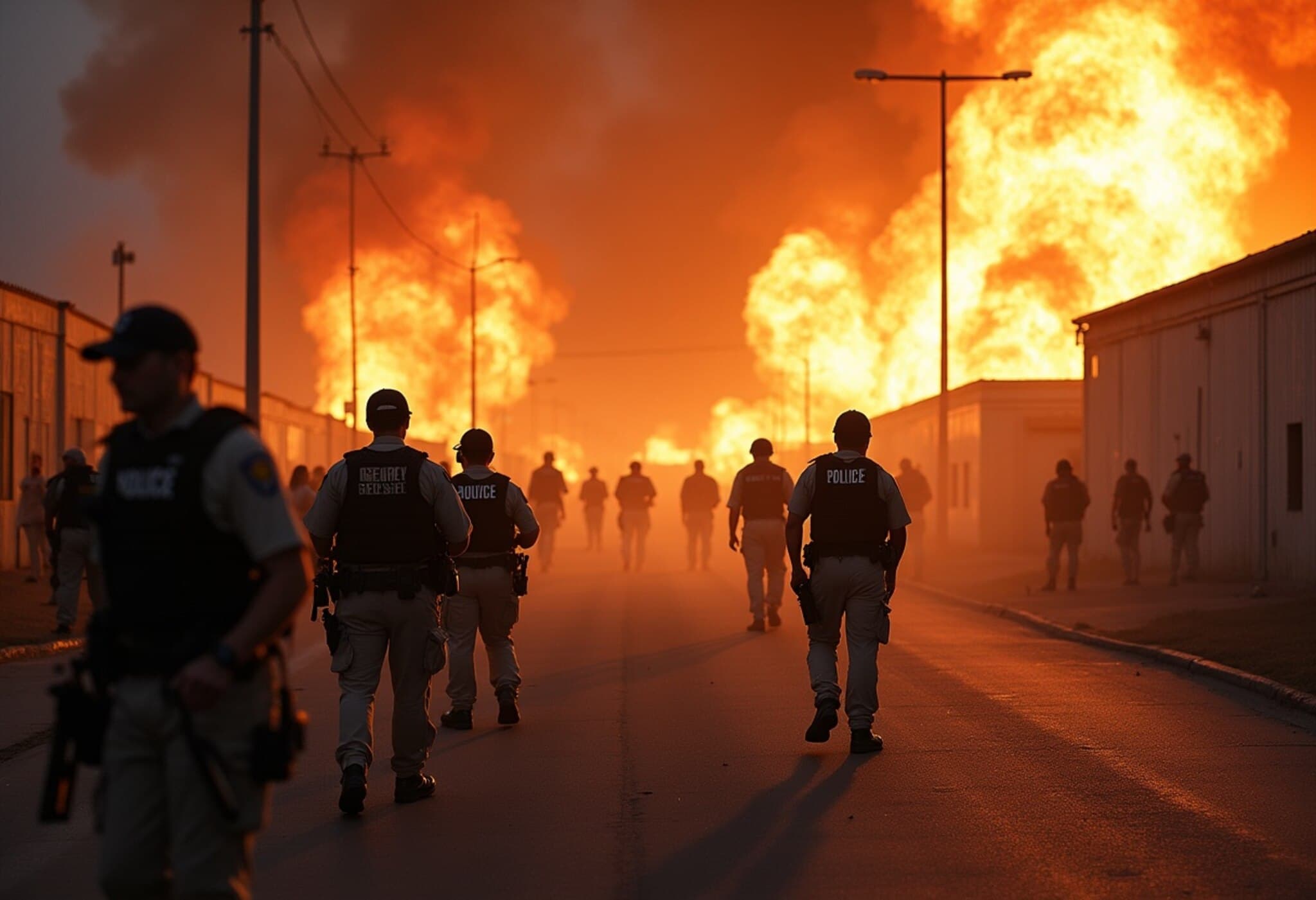Wilmington Tunnel Collapse: Entire Crew Rescued Amid Intense Rescue Efforts
In a dramatic rescue operation in Wilmington, Los Angeles, 31 workers were safely evacuated following a partial collapse of a wastewater tunnel under construction. The incident unfolded late Wednesday evening near 1701 North Figueroa Street, a bustling industrial area several miles south of downtown Los Angeles.
Incident Overview and Rescue Operations
The Los Angeles Fire Department (LAFD) reported that the tunnel, measuring approximately 18 feet wide and intended to carry wastewater, partially collapsed roughly six miles from its sole entrance. This restricted access complicated the rescue efforts. Immediately responding to the emergency, the LAFD swiftly deployed over 100 personnel, including highly specialized Urban Search and Rescue teams trained for confined-space rescues in complex environments like tunnels.
Aerial footage captured by local news outlets showed the painstaking process of lifting workers from the depths of the tunnel back to safety, underscoring the risks and challenges faced by first responders in such a precarious environment.
Community Impact and Official Response
Los Angeles Mayor Karen Bass expressed her gratitude to first responders and emphasized the city’s commitment to safety and rapid response. In a post on X (formerly Twitter), she stated: “The City of Los Angeles has mobilized resources to the tunnel collapse in Wilmington. More than 100 LAFD responders have been deployed, including Urban Search and Rescue teams. Thank you to all those who acted immediately to respond to this emergency.”
Thankfully, no casualties were reported, though initial concerns arose that up to 15 workers might have been trapped underground. The swift and coordinated rescue efforts ensured all personnel were accounted for, highlighting the importance of emergency preparedness in industrial sectors.
Contextual Insights: Infrastructure Risks and Worker Safety
This incident sheds light on the often overlooked risks construction workers face, particularly in confined and underground settings. As cities like Los Angeles expand their infrastructure to meet growing urban demands – such as improving wastewater management systems – the safety protocols around such projects require robust enhancement.
Experts note that tunnel collapses, while infrequent, pose significant hazards due to the complexities of subterranean environments, including limited access points and the difficulty of timely communication and evacuation. This event also underscores the critical role of specialized rescue teams trained in confined space emergencies.
Looking Forward: What This Means for Los Angeles
- Infrastructure Investment: Upgrading emergency response capabilities in industrial projects must be prioritized.
- Worker Training: Enhanced safety training and real-time hazard monitoring can mitigate risks.
- Policy Implications: City authorities may review existing regulations governing tunnel construction safety standards.
As Los Angeles continues to expand its urban infrastructure, balancing progress with worker safety remains a defining challenge for city planners and officials.
Editor’s Note
While no lives were lost in this tunnel collapse, the incident serves as a stark reminder of the hidden dangers behind the city’s infrastructure projects. It raises pressing questions about the sufficiency of current safety measures and the preparedness of emergency response teams for future crises. Continued vigilance and investment in safety training, monitoring technology, and rapid response are essential in safeguarding the backbone of urban development – its workers.



















